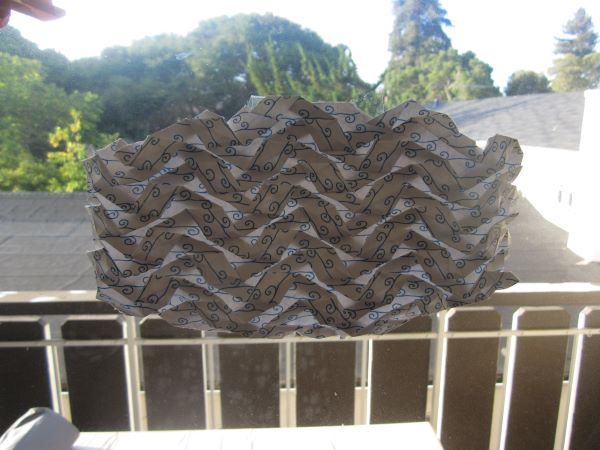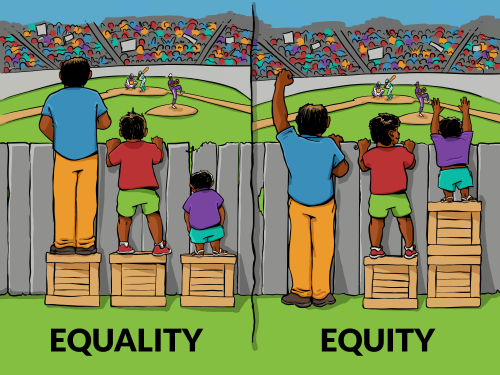
Rhombus Weave, designed by Eric Gjerde
At this point in time, I have almost 10 years of origami photos to choose from, and though the pace of my artwork has slowed during the pandemic, I still have a large number of photos in my backlog. (You can, of course, find them all if you find the link on my sidebar.) This one comes from an earlier era when I didn’t care what was in the background, because the photos were only for myself, and the backgrounds added flavor. A few of these are embarrassing, but I actually like this one because it’s the balcony view from my old apartment.
This origami tessellation comes from Eric Gjerde’s classic book, Origami Tessellations, definitely recommended if you ever want an introduction. The pattern on the paper has horizontal lines, but the rhombuses are twisted so that the lines undulate up and down.


